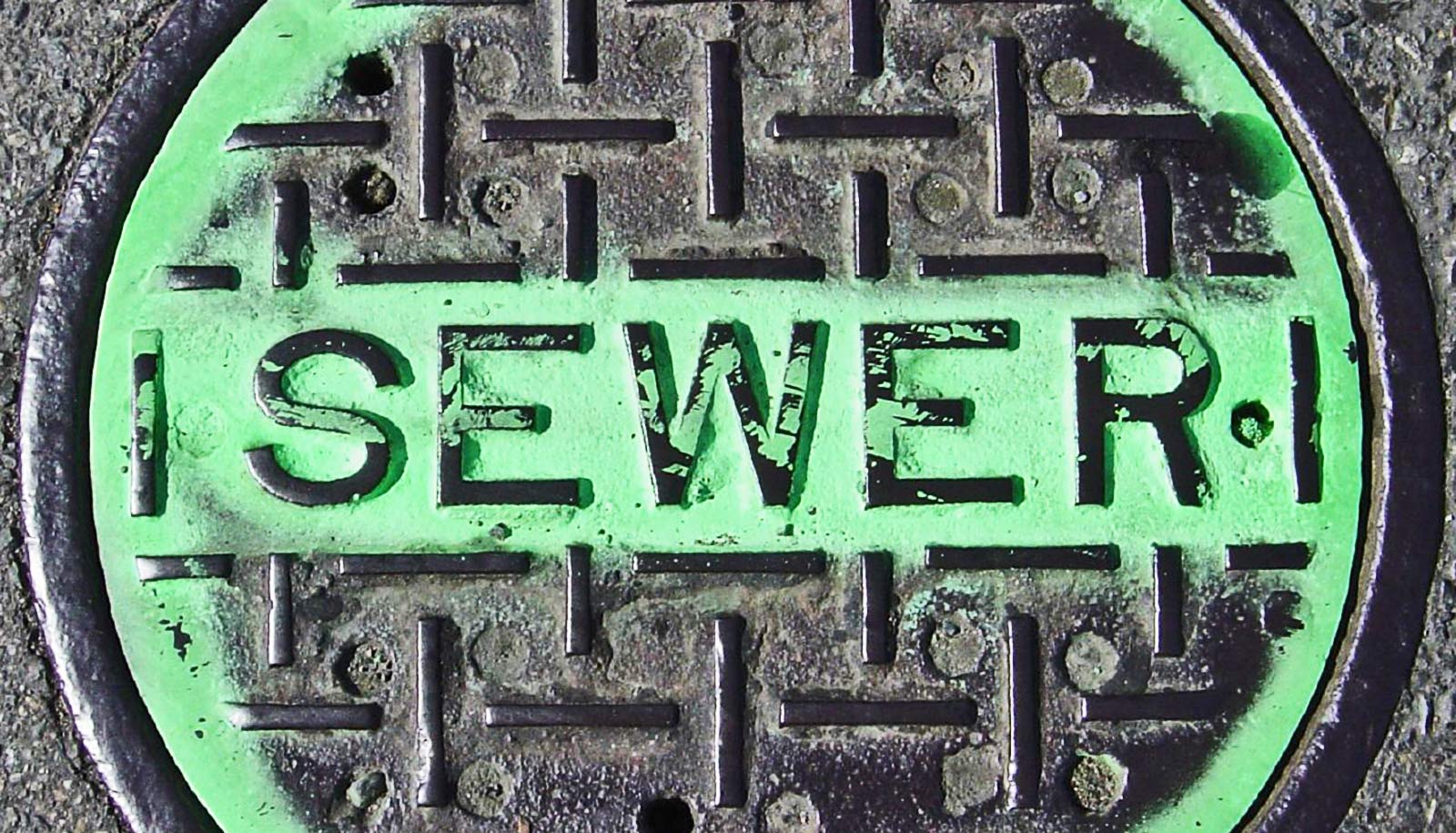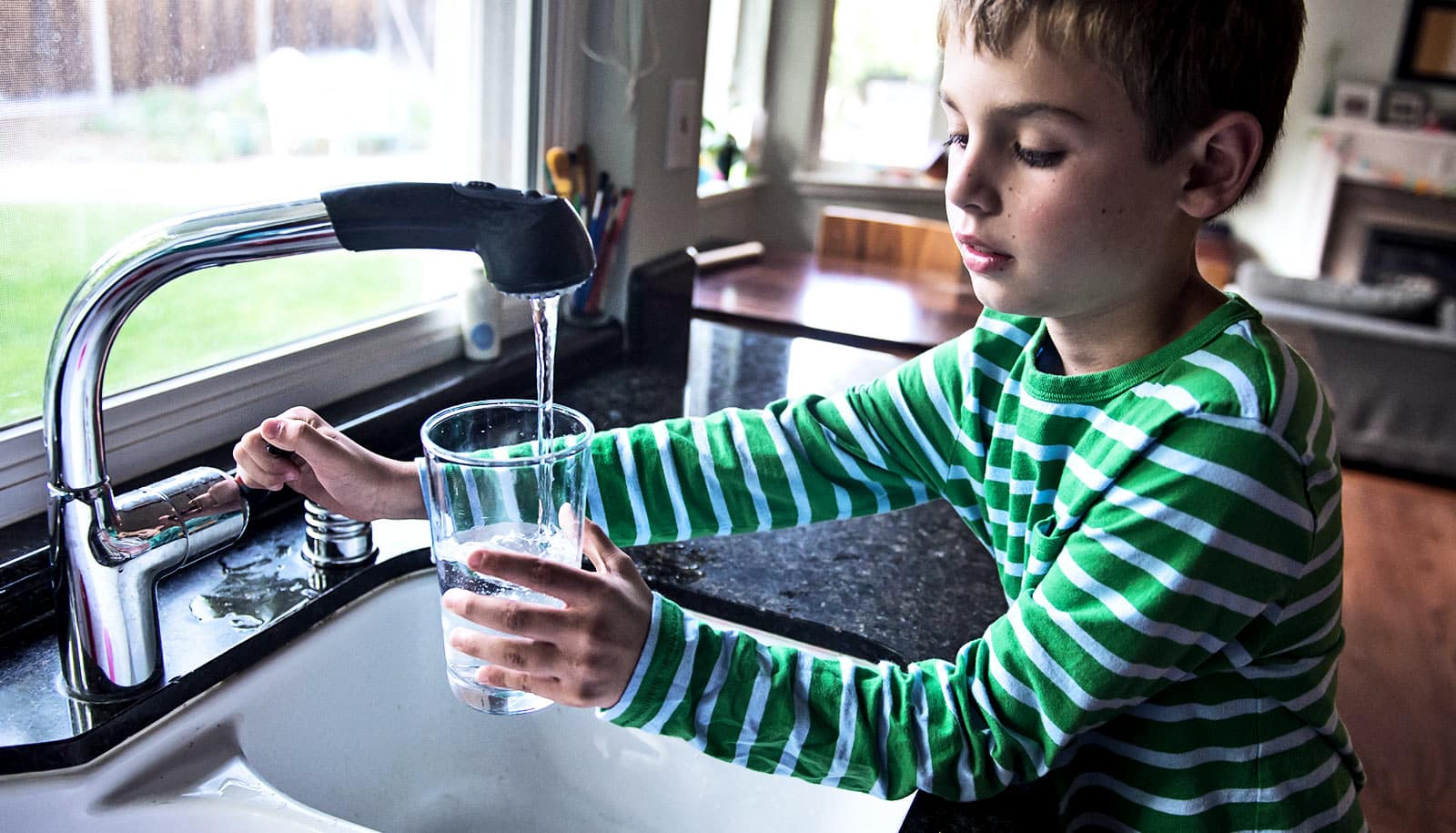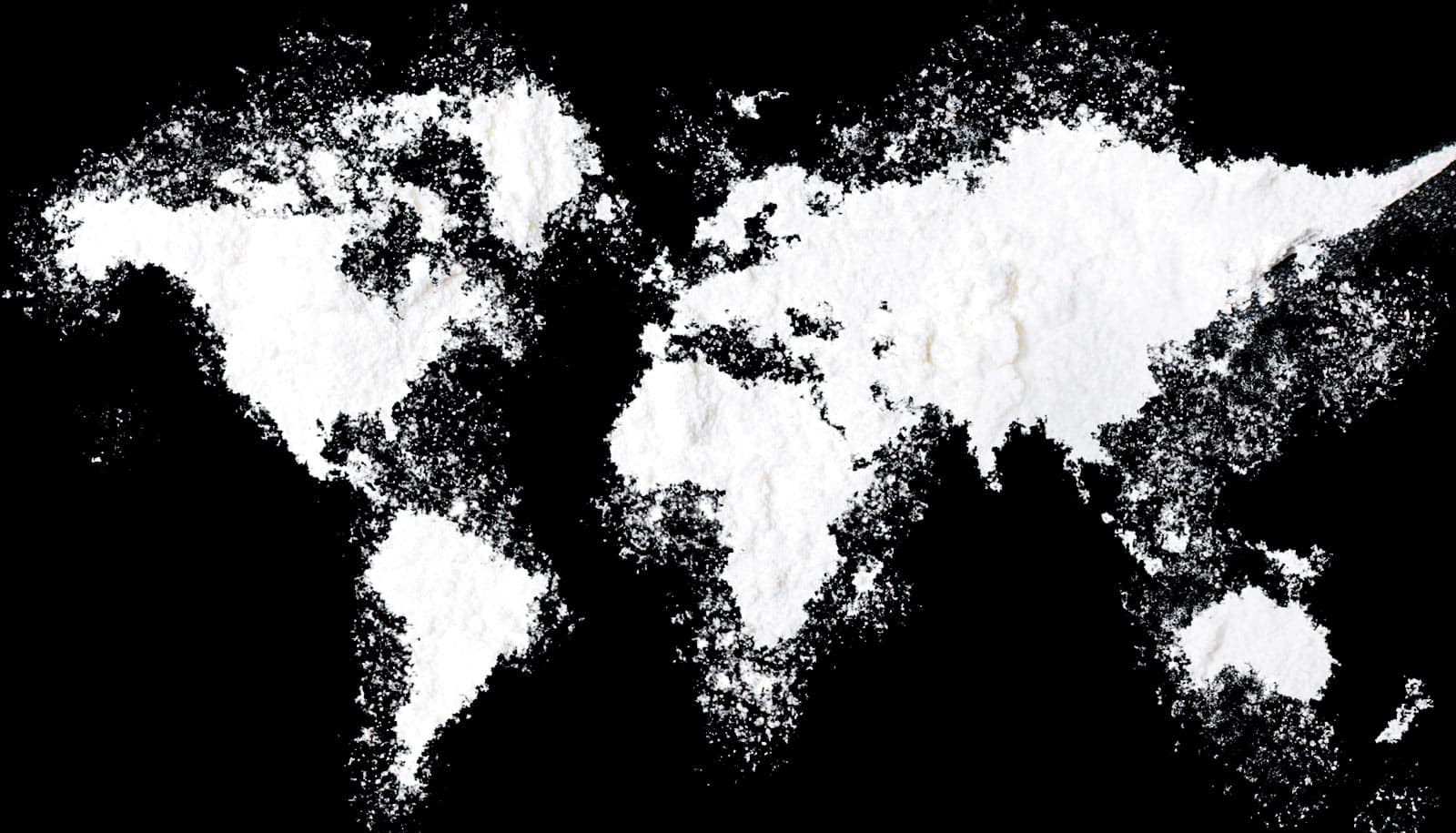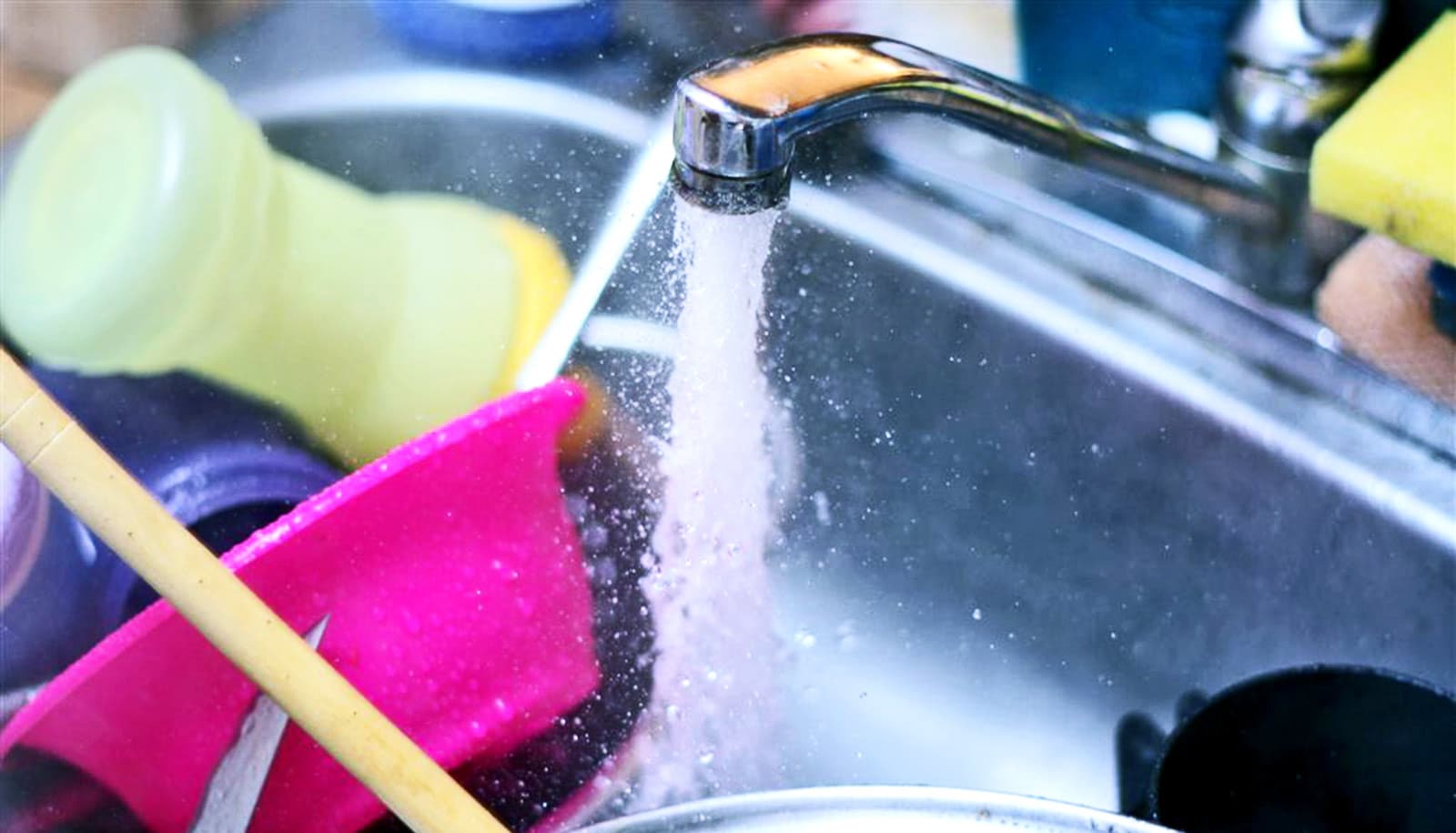The biofilms that cling to sewer walls often contain harmful, antibiotic-resistant bacteria and can withstand standard treatment to disinfect sewers, research finds.
For the study in the journal Environmental Science: Water Research & Technology, researchers examined the microbe-laden biofilms and built a simulated sewer to study the germs that survive within.
Cleaning with bleach can reduce the density of biofilms but not entirely remove them, potentially leaving wastewater treatment workers and the public exposed to health risks.
Still, disinfecting a sewer line may be a good idea before sewer maintenance is done, especially following events such as a disease outbreak or bioterrorism incident that might expose sewer lines to high-risk microbes. Luckily, with respect to SARS-CoV-2, the coronavirus causing COVID-19, water and wastewater are not expected to be important transmission routes.
Normally, what’s flushed down a toilet goes to a wastewater treatment plant. But rainfall can cause overflows of untreated waste into bays, rivers, streams, and other waterways. The researchers say a potential worst-case scenario would be an infectious disease outbreak following a sewer overflow that releases wastewater, sewer solids, and biofilms to surface water.
“Given the current interest in wastewater-based epidemiology for monitoring the coronavirus, our study highlights the need to consider sewer processes and how best to combat pathogens,” says senior author Nicole Fahrenfeld, an associate professor in the department of civil and environmental engineering in the School of Engineering at Rutgers University–New Brunswick.
“We will work to repeat a portion of our experiments to understand how long the coronavirus may linger in sewers and if that will impact monitoring of it in wastewater.”
The researchers found that sewer pipe materials (concrete or PVC plastic) did not affect the formation of biofilms but did play a role in the effectiveness of bleach to disinfect them. Bleach is better at removing biofilms from PVC than from concrete, likely because PVC is smoother.
Source: Rutgers University



